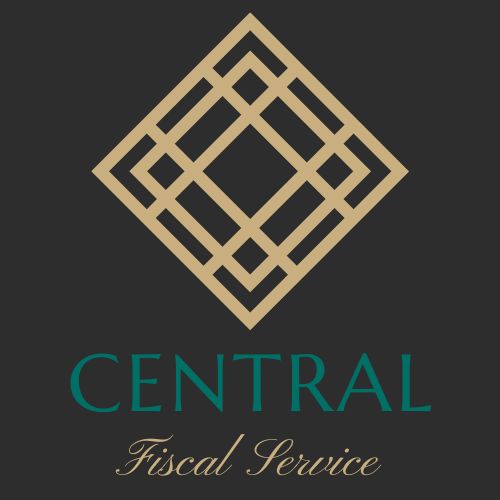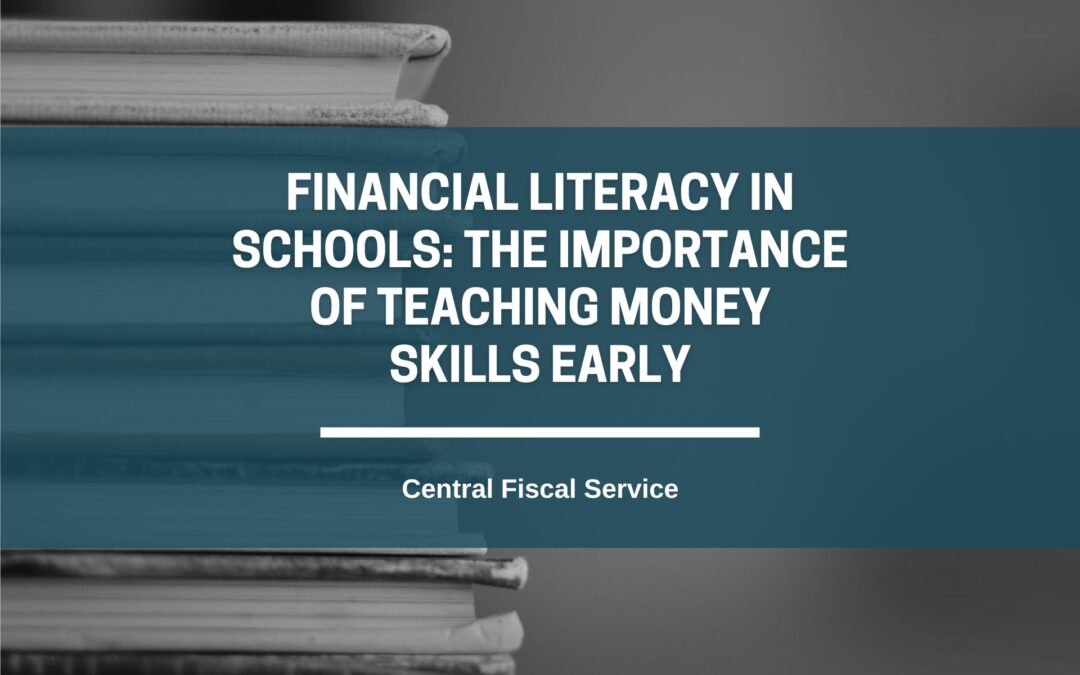Navigating the intricacies of personal finance is a journey we all embark on, from high school hallways to the bustling corridors of adulthood. Financial literacy, often described as the toolkit for fiscal success, plays a pivotal role in this expedition. But what exactly is financial literacy? It’s not just about knowing the ins and outs of debit cards or deciphering credit reports. Financial literacy encompasses a range of skills, from budgeting to making savvy investment decisions, shaping the bedrock of sound financial management.
Teaching financial literacy is akin to providing a roadmap for both present monetary decisions and future financial preparedness. Imagine the consequences of lacking these skills—haphazard spending, mounting debts, and the perpetuation of a wealth gap from one generation to the next. The significance of financial literacy lies not only in its immediate impact but in the enduring returns it offers.
Today’s students are equipped with technology, instantaneous access to information, and a multitude of communication platforms. In this context, instilling financial literacy becomes imperative for molding productive, engaged citizens. The approach to teaching this critical life skill begins with breaking down complex financial information into digestible concepts.
For high school students, a period marked by initial forays into the workforce and newfound responsibilities like driving, college applications, and career planning, financial literacy education is timely. Concepts like the 7 Baby Steps to personal finance by Dave Ramsey serve as accessible guides, simplifying the complexities of financial planning.
Making finances personal is a key strategy. By incorporating real-world scenarios into the learning process—through games, role-playing, or classroom discussions—students gain practical insights into the realities of paying rent, owning property, and the importance of saving and investing.
Time management and future planning take center stage in high school. Thus, financial literacy education should emphasize skills such as budget creation, prioritizing savings, understanding credit reports, and introducing the concept of investments. A lesson on personal budgeting or researching retirement savings accounts like a 401(k) becomes a practical step toward preparing students for future financial challenges.
Relevance is paramount in education, and financial literacy is no exception. Providing students with access to resources, whether through interactive platforms like The Khan Academy or insightful podcasts such as Dave Ramsey’s, enhances the learning experience. It’s about expanding their knowledge base, nurturing their financial literacy skills, and preparing them for real-world applications.
In conclusion, the importance of teaching financial literacy in schools is a cornerstone in the development of responsible, financially astute individuals. By simplifying concepts, making it personal, and exposing students to relevant resources, we pave the way for a generation equipped to make informed financial decisions, ensuring a prosperous and financially secure future.

